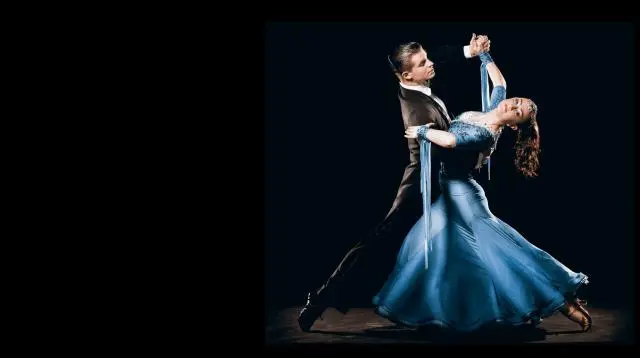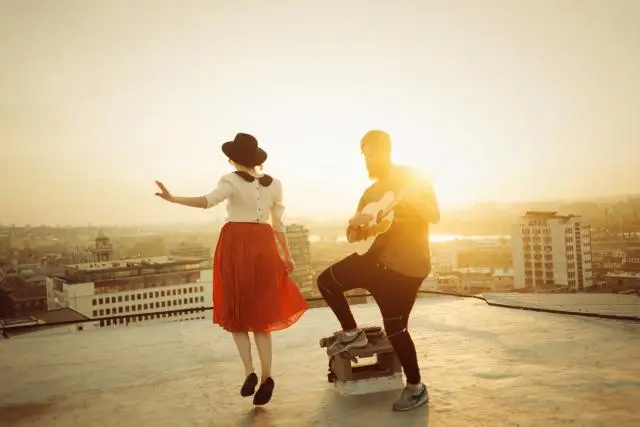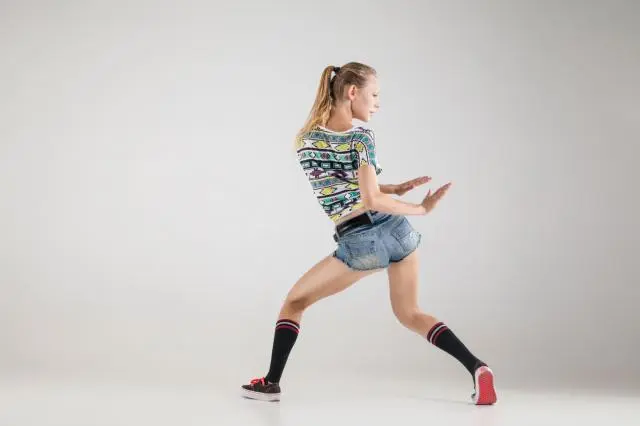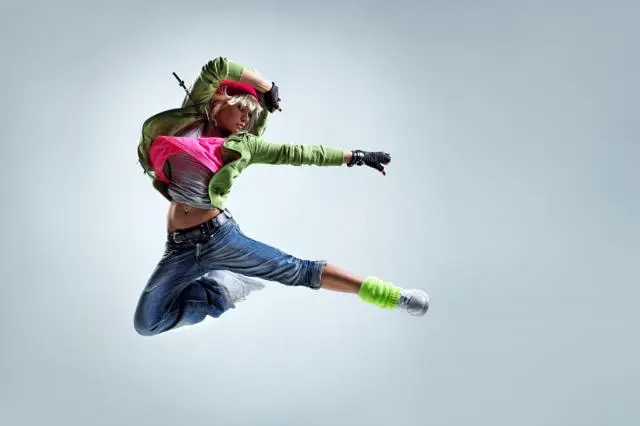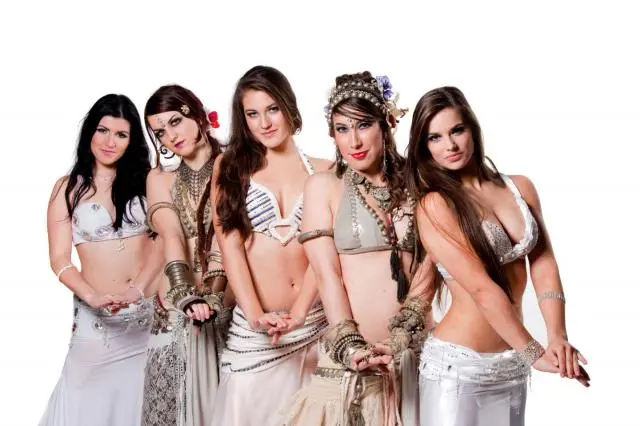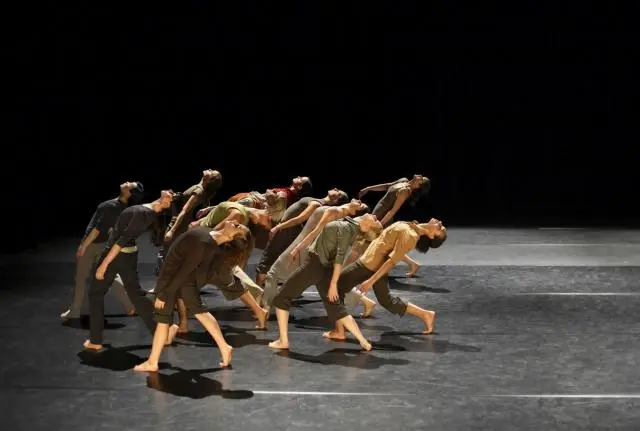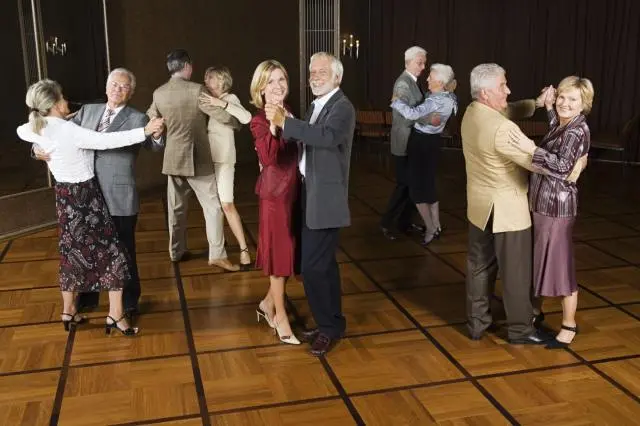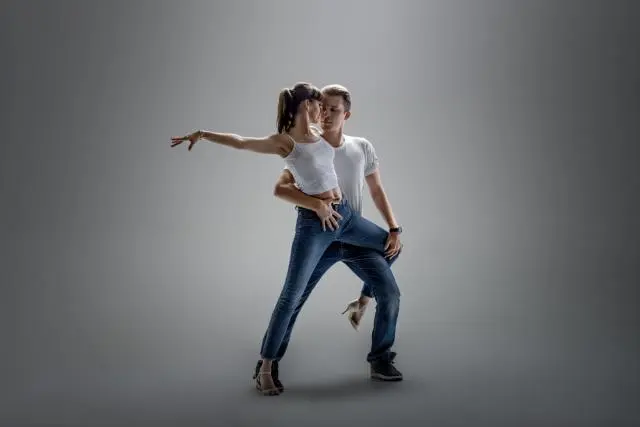
What you need to know about Kizomba
What is Kizomba?
Kizomba is a sensual and passionate partner dance that originated in Angola in the 1980s. The name Kizomba means "celebration" in Kimbundu, one of the Bantu languages of Angola. Kizomba combines traditional Angolan Semba rhythms with modern influences from the Caribbean and Europe. The dance is characterized by slow, flowing movements and a close connection between dance partners.
Kizomba is not only a dance but also a music style known for its smooth and rhythmic sounds. The music often features romantic and soulful lyrics that emphasize the emotional depth of the dance.
How to Dance Kizomba?
Dancing Kizomba requires a strong connection and communication between partners. Here are some basic elements to help you dance Kizomba:
- Posture: Stand upright and relaxed. The dancers stand in a close embrace, with the chest lightly touching the partner.
- Frame: The leader places the right hand on the follower's back, while the follower's left hand rests on the leader's shoulder. The free hand can be held loosely or placed on the hips.
- Weight Transfer: Kizomba requires precise weight transfer from one foot to the other. Make sure to fully transfer your weight before making the next step.
- Musicality: Listen to the music and try to execute your movements in harmony with the rhythm and accents of the Kizomba music.
- Flowing Movements: Kizomba is characterized by smooth and flowing movements. Avoid jerky motions and focus on soft transitions between steps.
Basic Steps of Kizomba
To learn Kizomba, it is essential to master some basic steps:
-
Basic Step: The basic step consists of three steps forward and one step back.
- Leader: Start with the left foot forward, then the right foot forward, the left foot forward again, and finally step back with the right foot.
- Follower: Mirror the leader's steps, starting with the right foot back.
-
Saída: A side step often used to change direction or initiate a turn.
- Leader: Take a side step with the left foot, bring the right foot close, and finish with another side step to the left.
- Follower: Mirror the leader's steps, starting with the right foot.
-
Virada: A turn often used as a transition between different steps.
- Leader: Slightly turn your upper body to the right while taking a small step with the left foot, then continue turning while placing the right foot.
- Follower: Follow the leader's turn by mirroring the movements.
-
Tarraxinha: An intimate and rhythmic step involving small, circular hip movements.
- Both Partners: Maintain a close embrace and move the hips in small, synchronized circles.
Top 10 Songs for Kizomba
Music is an essential part of Kizomba. Here are ten popular Kizomba songs frequently played in Kizomba classes and dance events:
- "Você Me Kuia" by Nelson Freitas - A classic Kizomba song with soulful lyrics.
- "Te Quero" by Ravidson - A romantic song perfect for slow and intimate Kizomba dances.
- "A Dor Do Cupido" by Anselmo Ralph - An emotional song that highlights the depth of Kizomba.
- "Atchu Tchutcha" by C4 Pedro - A lively Kizomba song that invites you to dance.
- "Rainha" by Mika Mendes - A soulful song with catchy rhythms.
- "Bo Tem Mel" by Djodje - A cheerful Kizomba song that spreads good vibes.
- "Rebound Chick" by Nelson Freitas - A modern Kizomba song with a touch of urban beats.
- "No Meu Telefone" by Yuri da Cunha - A melodic Kizomba song with smooth sounds.
- "Bye Bye" by Badoxa - A rhythmic song perfect for Kizomba.
- "A Nossa Vez" by Kaysha - An emotional and deep Kizomba song.
Styles of Kizomba
Kizomba encompasses various dance styles, each with its own characteristics:
- Traditional Kizomba: The traditional style features a close embrace and flowing movements.
- Urban Kiz: A modern interpretation of Kizomba that incorporates elements from hip-hop and urban dance. The dance style is often more dynamic and includes more isolated movements.
- Tarraxa: An intimate style focusing on slow, circular hip movements. Often danced in a close embrace.
- Semba: The predecessor of Kizomba, faster and more rhythmic with playful movements and lifts.
History of Kizomba
The history of Kizomba begins in Angola in the 1980s when the dance emerged from traditional Semba music. Kizomba quickly developed into its own music and dance style, embraced by the Angolan youth. The popularity of Kizomba spread to Portugal and other Lusophone countries in the 1990s, where the dance continued to evolve and gain international recognition.
Over the years, Kizomba has become a global phenomenon, practiced worldwide in dance schools, festivals, and social dance events. The music has also evolved, now encompassing a variety of influences from traditional to modern.
Health Benefits
Kizomba offers numerous health benefits:
- Physical Fitness: Dancing Kizomba improves cardiovascular health, strength, and flexibility.
- Coordination and Balance: The precise steps and movements enhance coordination and balance.
- Mental Health: Kizomba reduces stress, improves mood, and provides a sense of accomplishment.
- Social Interaction: Dancing with a partner fosters social connections and improves communication skills.
- Cognitive Function: Learning and remembering dance routines enhances cognitive abilities.
Outfit for Kizomba Dance
The right outfit is essential for comfort and ease of movement in Kizomba. Here are some tips:
- Comfortable Clothing: Choose clothing that allows free movement, such as a fitted dress or skirt for women and comfortable trousers and a shirt for men.
- Dance Shoes: Wear shoes with a smooth sole for easy turning and adequate support. Women often wear heels, while men wear flat dance shoes.
- Layering: Depending on the dance environment, layering can help you adjust to the temperature.
- Accessories: Keep accessories minimal to avoid any distractions or discomfort while dancing.
Conclusion
Kizomba is a captivating and elegant dance form that offers a unique combination of physical, mental, and social benefits. Whether you are a beginner or an experienced dancer, Kizomba provides endless opportunities for personal growth and enjoyment. Find your dance partner on Lets-Dance and start your journey into the passionate world of Kizomba.
Enjoy the dance!
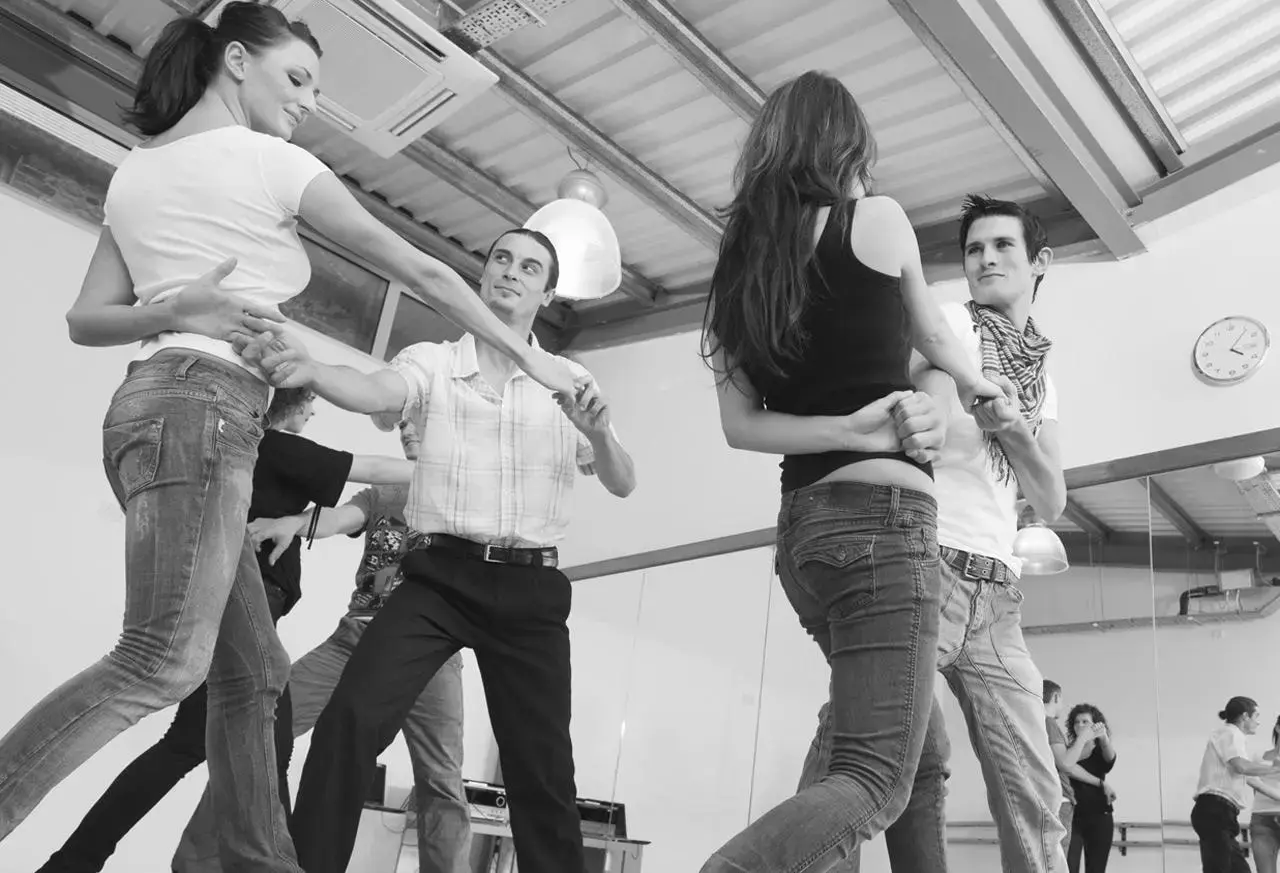
Create your dance profile on Lets-Dance
Dancewear, shoes & accessories
Register your dance school
Popular blog posts about dancing

